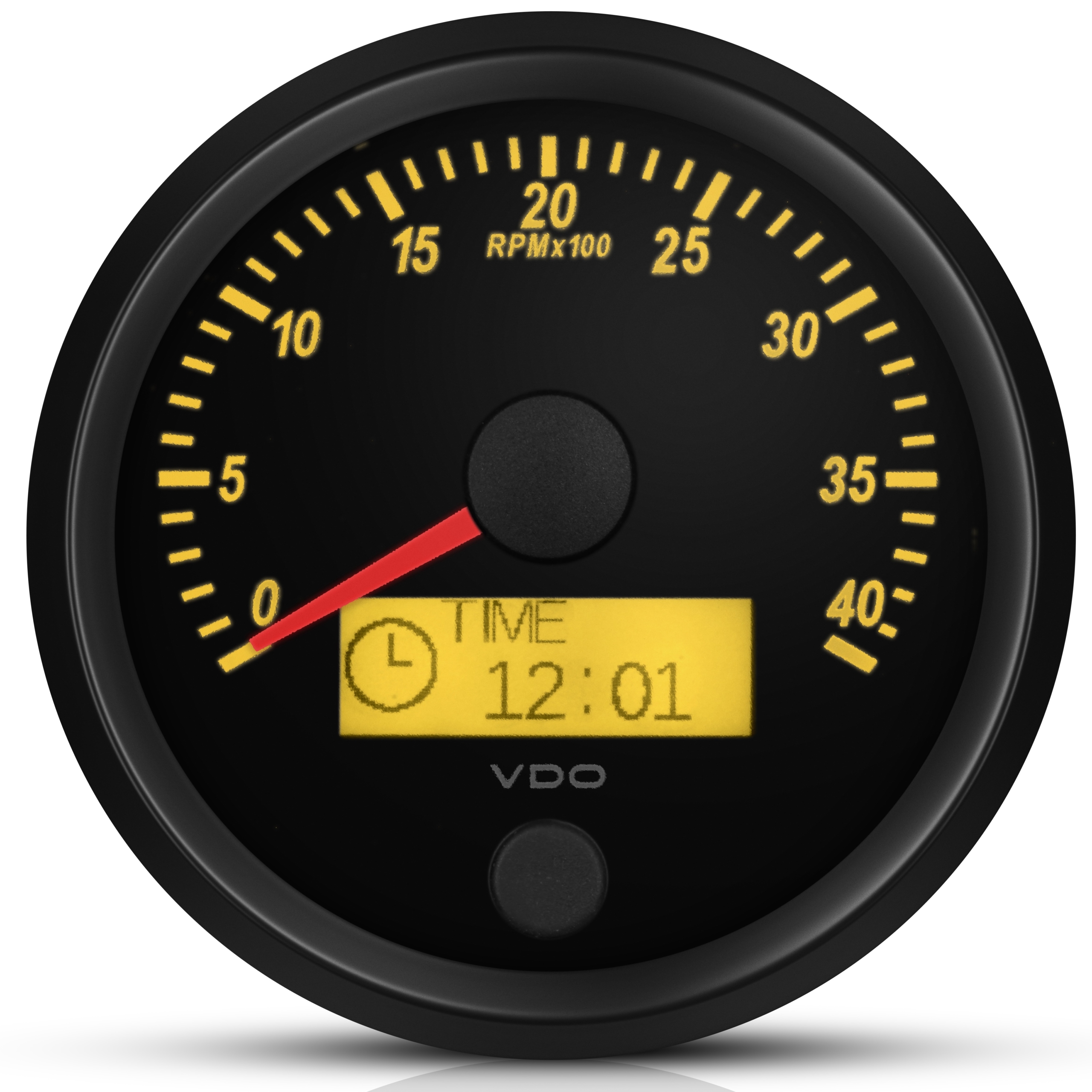Top Reasons Why Every Chauffeur Requirements a High-Quality Tachometer
Top Reasons Why Every Chauffeur Requirements a High-Quality Tachometer
Blog Article
Checking Out the Functions and Benefits of a Tachometer: A Comprehensive Guide for Car Fanatics
In the world of automotive instrumentation, the tachometer stands as a necessary device that supplies drivers useful understandings into their vehicle's efficiency. tachometer. From providing real-time information on engine speed to aiding in optimizing gear changes, the tachometer acts as greater than simply a dial on the control panel. Its diverse functions not only enhance driving experience but also play a pivotal role in maintaining engine wellness and performance. As we dive into the elaborate workings and advantages of a tachometer, a much deeper understanding of its relevance for cars and truck lovers and experts alike will unravel.
Understanding the Essentials of a Tachometer
In the realm of automobile instrumentation, recognizing the fundamentals of a tachometer is vital for any auto lover looking to dive into the details of engine performance surveillance. A tachometer, commonly displayed on the control panel of a car, gauges the engine's transformations per min (RPM) This important tool offers real-time information on exactly how quickly the engine crankshaft is rotating. By checking the RPM, chauffeurs can guarantee they are operating within the optimum range to make the most of efficiency and efficiency.
Tachometers normally have a range noted in transformations per minute, with a redline showing the optimum speed at which the engine can safely operate (tachometer). This information is crucial for stopping engine damages and enhancing equipment moving for manual transmissions. Furthermore, tachometers can help in detecting engine concerns such as misfires or a failing ignition system by discovering uneven RPM analyses
Value of Checking Engine Rate

Keeping track of engine rate is an essential element of car maintenance and efficiency optimization for vehicle enthusiasts and specialists alike. The engine rate, measured in changes per minute (RPM), indicates just how quick the engine's crankshaft is rotating. By maintaining a close eye on the RPM, chauffeurs can ensure that the engine is running within the optimal array, stopping potential damages from over-revving or stalling. Keeping an eye on engine speed is specifically important throughout gear changes, as it helps vehicle drivers identify the right time to alter gears for smooth acceleration and reliable fuel intake.
Furthermore, tracking engine speed can likewise offer beneficial understandings right into the total wellness of the automobile. On the whole, checking engine rate with a tachometer is an essential method that can improve driving performance, prolong engine life, and ensure a more secure and extra delightful driving experience.
Enhancing Efficiency With Gear Shifts
Optimizing efficiency with calculated gear changes is a vital element of making best use of an automobile's effectiveness and power output. Correct equipment click here now shifting ensures that the engine runs within its ideal power band, allowing for smooth velocity and enhanced gas economic climate. When shifting equipments, it is vital to take note of the engine rate suggested on the tachometer. By keeping track of the engine changes per minute (RPM), drivers can figure out the most favorable moments to upshift or downshift for optimal efficiency.

To achieve peak performance with equipment changes, drivers must exercise smooth and prompt transitions between gears, matching engine speed with roadway rate to harness the complete possibility of their vehicle's powertrain.
Making Best Use Of Effectiveness With a Tachometer
Grasping the art of equipment moving in high-performance vehicles not only improves driving experience yet also plays a vital duty in making the most of effectiveness with a tachometer. tachometer. By paying close focus to the tachometer analyses, vehicle drivers can optimize their gear changes to run within the engine's most reliable array. When increasing, changing equipments at the appropriate RPM shown by the tachometer can protect against the engine from straining or underperforming, causing enhanced fuel effectiveness and overall performance
Additionally, a tachometer aids motorists prevent unnecessary revving, which not only wastes gas yet likewise puts unnecessary pressure on the engine. Constantly keeping an eye on the tachometer while driving enables for smoother gear changes, decreasing wear and tear on the transmission system with time.

Advanced Tips for Tachometer Usage
Enhancing driving precision via skilled tachometer interpretation is key to enhancing automobile efficiency. To explore sophisticated ideas for tachometer usage, think about integrating the use of change lights. Shift lights are visual indicators that brighten when it's time to change gears based on engine changes per min (RPM), allowing for smooth gear changes without frequently checking the tachometer. Additionally, practicing heel-and-toe downshifting strategy can be helpful when going for smoother transitions in between gears. This strategy entails using both the brake and accelerator pedals concurrently while downshifting, helping to maintain engine RPM and anonymous protect against jerky movements. In addition, using an efficiency tachometer with adjustable settings can provide real-time data tailored to particular driving choices or lorry modifications. By fine-tuning shift points and setting alerting thresholds, chauffeurs can enhance acceleration and engine efficiency while lessening the risk of over-revving. These sophisticated strategies, when paired with a deep understanding of tachometer readings, can boost driving efficiency and overall driving experience.
Verdict
Finally, the tachometer works as a imp source vital device for vehicle enthusiasts to check engine speed, boost performance via gear shifts, and make best use of performance. By understanding the features and benefits of a tachometer, motorists can enhance their driving experience and extend the life-span of their automobile. Using advanced tips for tachometer use can further improve driving abilities and overall efficiency when driving.
Report this page